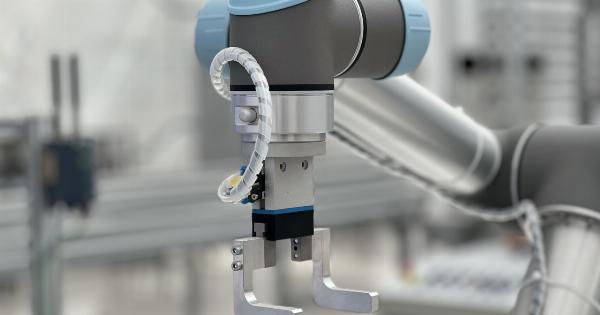Minimally invasive knee arthroplasty, also known as minimally invasive knee replacement, is a surgical procedure that offers numerous advantages over traditional knee replacement surgery.
This innovative technique involves making smaller incisions, using specialized surgical instruments, and employing advanced imaging technology to visualize and access the knee joint with precision. As a result, patients can experience less pain, faster recovery, and improved overall outcomes.
The Procedure
In minimally invasive knee arthroplasty, the surgeon makes smaller incisions, typically ranging from 2 to 4 inches in length, compared to the larger 8 to 12-inch incisions used in traditional knee replacement surgery.
This smaller incision size reduces tissue trauma and minimizes blood loss during the procedure. Additionally, the surgeon uses specially designed instruments that allow for more precise bone cutting and implant placement.
Benefits for Patients
Minimally invasive knee arthroplasty offers several key benefits for patients:.
1. Reduced Pain
Smaller incisions and less tissue disruption result in reduced pain after surgery.
Studies have shown that patients who undergo minimally invasive knee arthroplasty experience less postoperative pain compared to those who have traditional knee replacement surgery.
2. Faster Recovery
Due to the smaller incisions and reduced trauma, the recovery time for patients undergoing minimally invasive knee arthroplasty is typically shorter.
Patients may experience a quicker return to normal activities and work, allowing them to resume their daily routines sooner.
3. Shorter Hospital Stay
Minimally invasive knee arthroplasty often requires a shorter hospital stay compared to traditional knee replacement surgery.
While the specific length of the hospital stay varies depending on the patient and surgeon’s preference, studies have shown that patients undergoing minimally invasive procedures tend to spend less time in the hospital.
4. Smaller Scars
With smaller incisions, the resulting scars are less noticeable and require less time to heal. Patients who value cosmetic outcomes may prefer minimally invasive knee arthroplasty due to the potential for smaller, less prominent scars.
5. Reduced Blood Loss
The specialized techniques used in minimally invasive knee arthroplasty result in reduced blood loss during surgery.
This decrease in blood loss can minimize the need for blood transfusions and decrease the risk of complications associated with excessive bleeding.
6. Lower Infection Risk
Smaller incisions in minimally invasive knee arthroplasty decrease the overall risk of infection. The reduced size of the incision limits exposure to bacteria, lowering the potential for infections to develop postoperatively.
7. Improved Range of Motion
Studies have shown that patients who undergo minimally invasive knee arthroplasty often experience improved range of motion in their knees.
This improved ability to bend and extend the knee joint can lead to a better quality of life and enhanced functional outcomes.
8. Preservation of Healthy Tissues
During minimally invasive knee arthroplasty, the surgeon can preserve more of the healthy tissues surrounding the knee joint.
By minimizing disruption to these tissues, the procedure helps to maintain natural knee biomechanics and potentially leads to better long-term results.
9. Lower Risk of Blood Clots
Minimally invasive knee arthroplasty is associated with a lower risk of blood clots, also known as deep vein thrombosis (DVT).
The smaller incision and reduced trauma contribute to a decreased likelihood of developing blood clots postoperatively, which can be a serious complication following surgery.
10. High Patient Satisfaction
Overall, patients who undergo minimally invasive knee arthroplasty tend to report high levels of satisfaction with the procedure.
The combination of reduced postoperative pain, faster recovery, and improved functional outcomes contributes to the high patient satisfaction rates observed.
Conclusion
Minimally invasive knee arthroplasty offers numerous advantages over traditional knee replacement surgery.
Patients who opt for this innovative technique can benefit from reduced pain, faster recovery, shorter hospital stays, smaller scars, and improved range of motion. With lower infection risks, preserved healthy tissues, and a decreased likelihood of blood clots, minimally invasive knee arthroplasty is becoming an increasingly preferred option for patients seeking effective knee joint treatment.





























